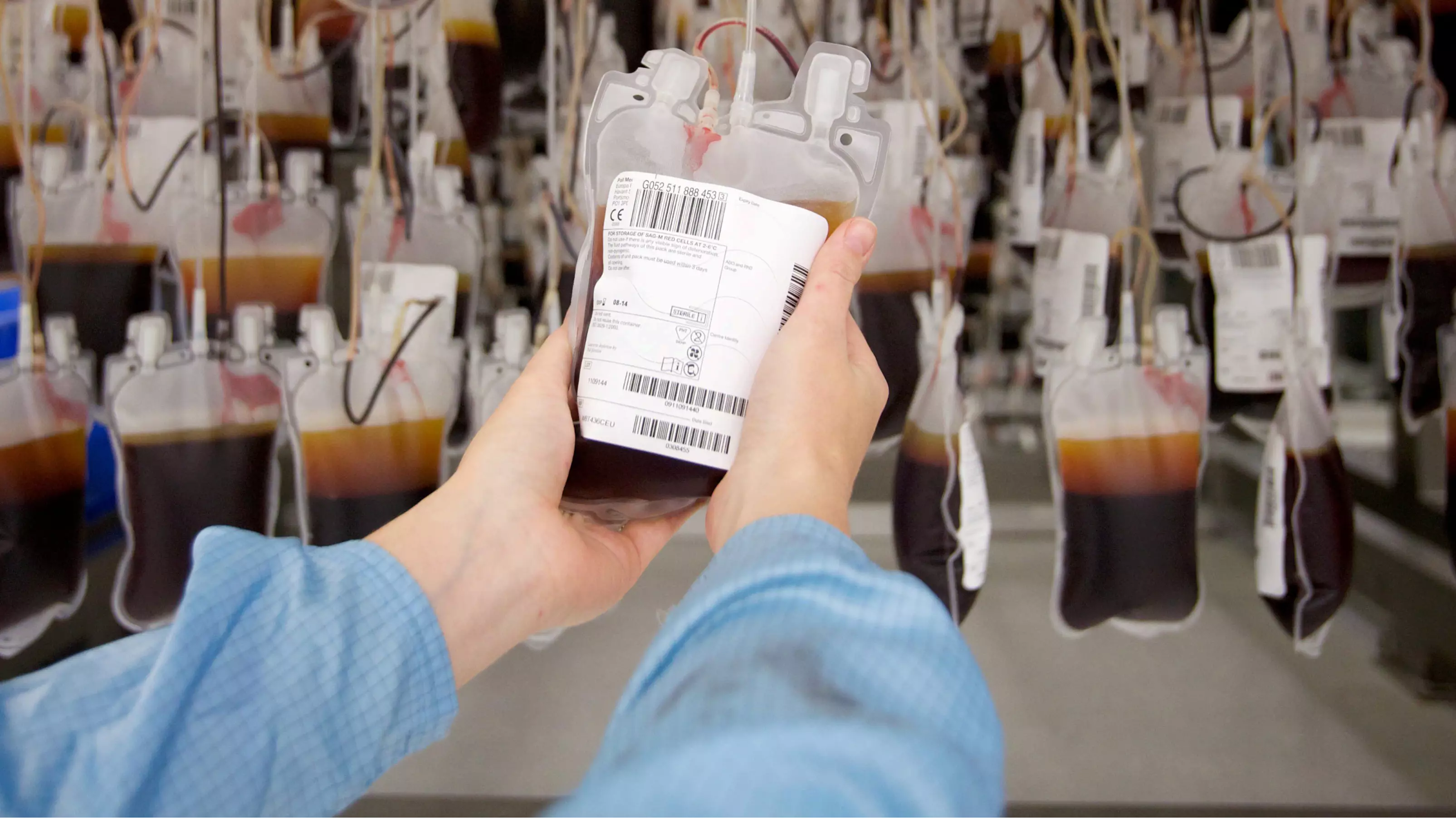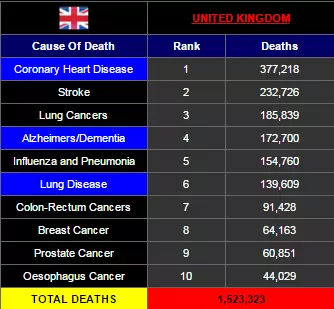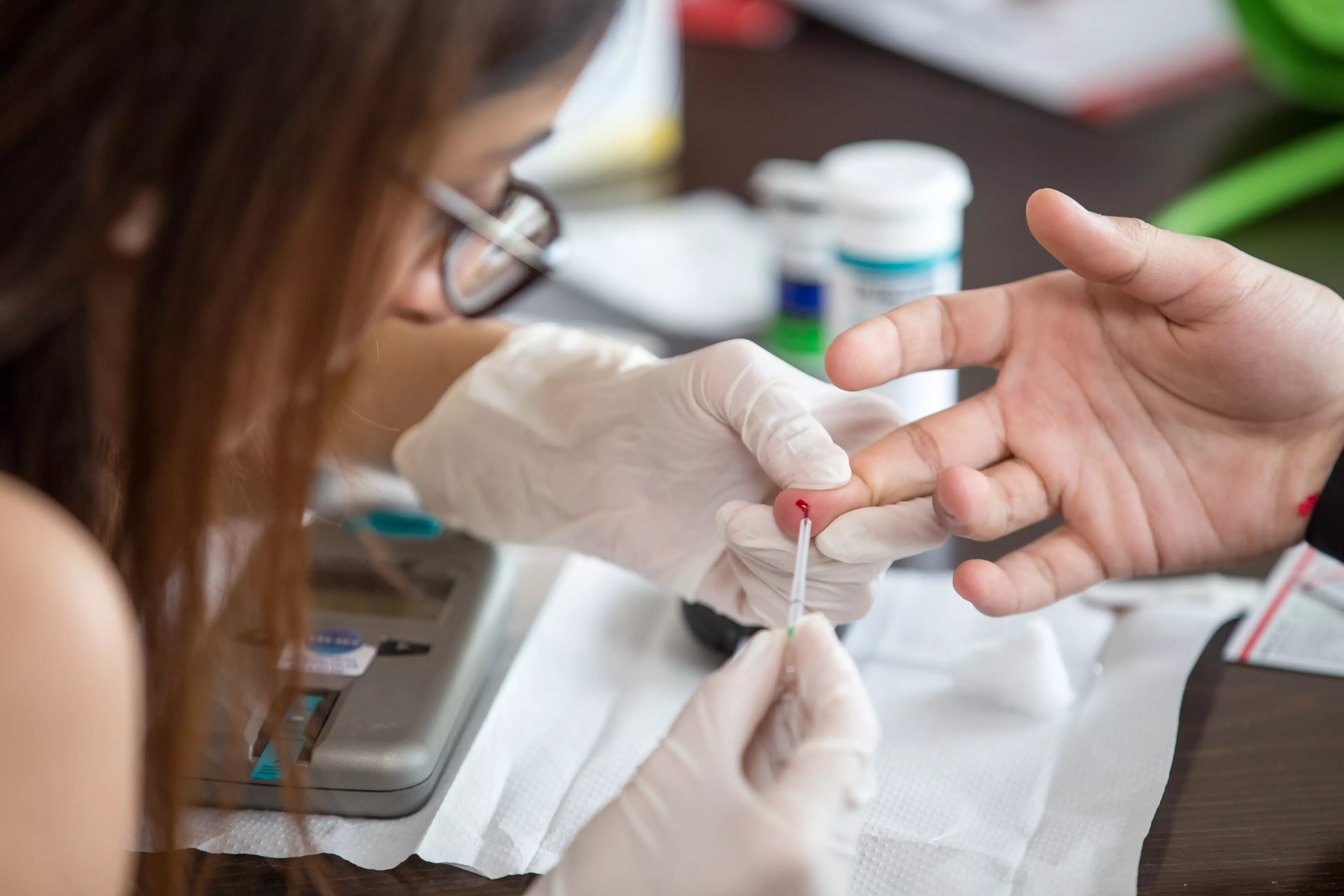
There's no hiding the fact that cancer is one major bastard. Last year, five of the top 10 killers in the UK were cancer related.
Lung, colon-rectum, breast, prostate and oesophagus cancers shortened the lives of almost half-a-million people in 2014, according to the World Health Organisation.

Credit: World Health Organisation
Advert
However, now there is yet further new hope. A simple blood test that diagnoses cancer before symptoms even start has been developed by scientists. It means that detection could happen during routine check-ups.
It's called NN Blood and the breakthrough uses chemical markers that can even identify the location of a tumour.
The 'liquid biopsy' is being described as the 'Holy Grail' for cancer scientists who are now hoping that this new technique can give surgeons a chance to remove tumours earlier than normal, which can stop them spreading.
And now, the sciencey bit (for the geeks among us) here's how it works.
Advert
- When a tumour starts to take over a part of the body it competes with normal cells for nutrients and space - killing them off in the process and releases their DNA into the bloodstream.
- Current methods screen for DNA released by dying tumour cells but location is difficult to trace.
- The new method relies on the methylation of DNA (gene activity begins to change) - a process that controls how genes are expressed.
- Each tissue in the body can be identified by its unique signature of methylation genes.
- This can not only find the tell-tale signs of tumours but where in body they are growing.
Professor Kun Zhang, a bio-engineer at California University in San Diego, said: "Knowing the tumour's location is critical for effective early detection."
The study published in Nature Genetics discovered a clue in blood that does exactly this.
Advert
The method screens for a particular DNA signature (called CpG methylation haplotypes).
It's even better to know that Professor Zhang and his team only stumbled across the find.
"We made this discovery by accident" he said. "Initially, we were taking the conventional approach but we were also seeing signals from other cells and realised if we integrate both sets of signals together we could actually determine the presence or absence of a tumour - and where the tumour is growing."
With any cancer, the early catching of it can have a big impact on survival rates.

Credit: SWNS
Advert
To develop their new method, the researchers put together a database of the complete CpG methylation patterns of 10 different normal tissues from the liver, intestine, bowel, lung, brain, kidney, pancreas, spleen, stomach and blood.
They also analysed tumour and blood samples from patients at the University's Moores Cancer Centre to put together a database of cancer-specific genetic markers.
Prof Zhang and colleagues then screened blood samples from individuals with and without tumours, looking for signals of the cancer markers and the tissue-specific methylation patterns.
The test works like a dual authentication process - the combination of both signals above a statistical cut-off is required to assign a positive match.
Advert
However, there is a need for a reality check, with further work needed.
Zhang said: "To move this research to the clinical stage we need to work with oncologists to further optimise and refine this method.
"It is a promising strategy for the early detection of a tumour and its primary growth site - as well as for the continuous monitoring of tumour progression."
Fingers crossed that with further samples it can reach a level adequate for clinical testing.
Featured Image Credit: SWNSTopics: Cancer